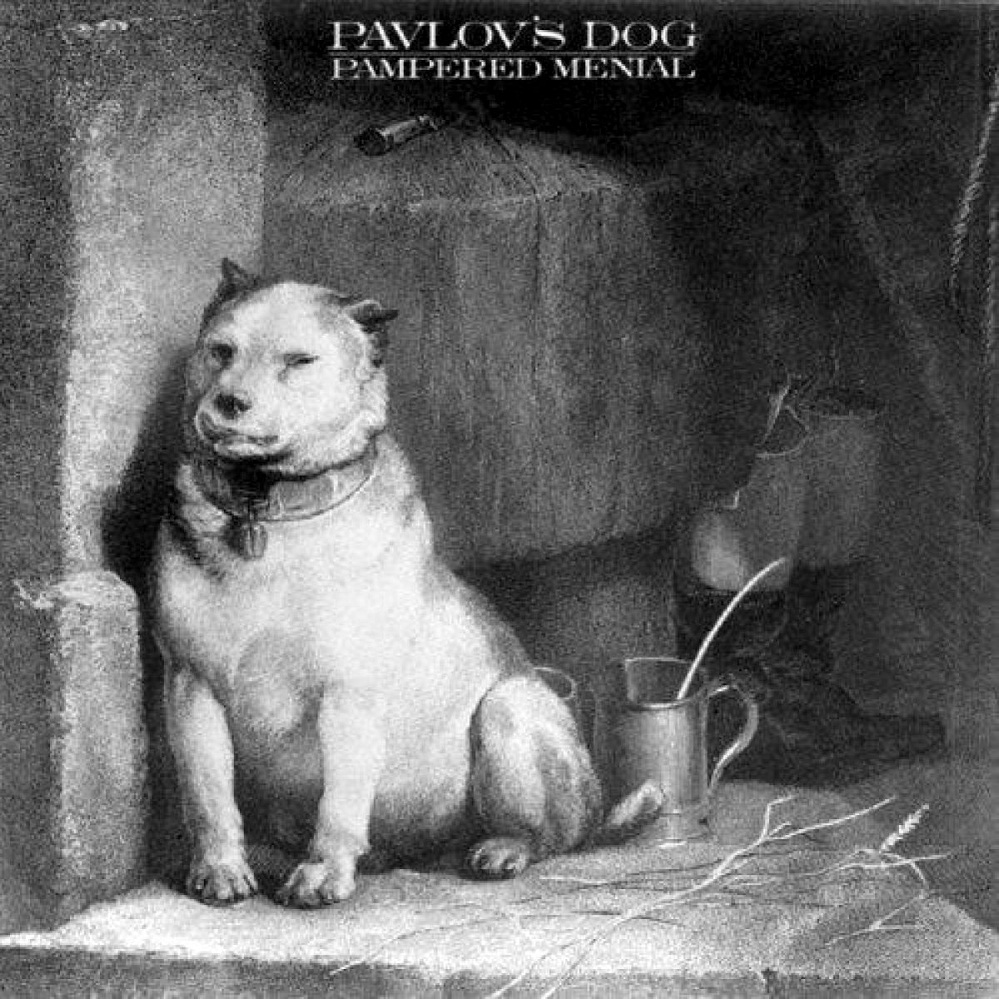
Even though he rejected much of the behaviourism theory, calling it too simplistic and inadequate in explaining complex learning processes. Another example here is the anxiety and stress that students go through during exams, these often become permanent hindering the student’s performance.ĭuring the Progressive Era, around the same time, John Dewey- founder of Pragmatism, was also talking about how children learn best when they interacted with their environments (what came to be known as experiential learning) and were actively involved with designing the school curriculum. For example, if a child is humiliated by a professor, they might develop school phobia. This phenomenon explains why some students start looking at school negatively or some subjects negatively because of the kind of repeated experiences they are subject to. Teachers have to strive to create a positive experience for students in school.

A teacher can structure their teaching in order to receive the correct response or even use punishment to ensure the incorrect response is not given. Punishments are used to weaken a particular behaviour whereas rewards are used to strengthen or reinforce a particular behaviour. To encourage good behaviour, students are often rewards and to decrease maladaptive behaviour, students are punished.

Positive and negative reinforcement started being used inside classrooms and outside as well to design student’s behaviour. After classical conditioning, a follower of Pavlov developed Operant Conditioning which involves positive and negative reinforcements. The basics of Pavlov’s classical conditioning became the basis of the current learning theories, emphasising on the environment that facilitates learning. John Watson’s classical conditioning experiment on Little Albert


 0 kommentar(er)
0 kommentar(er)
